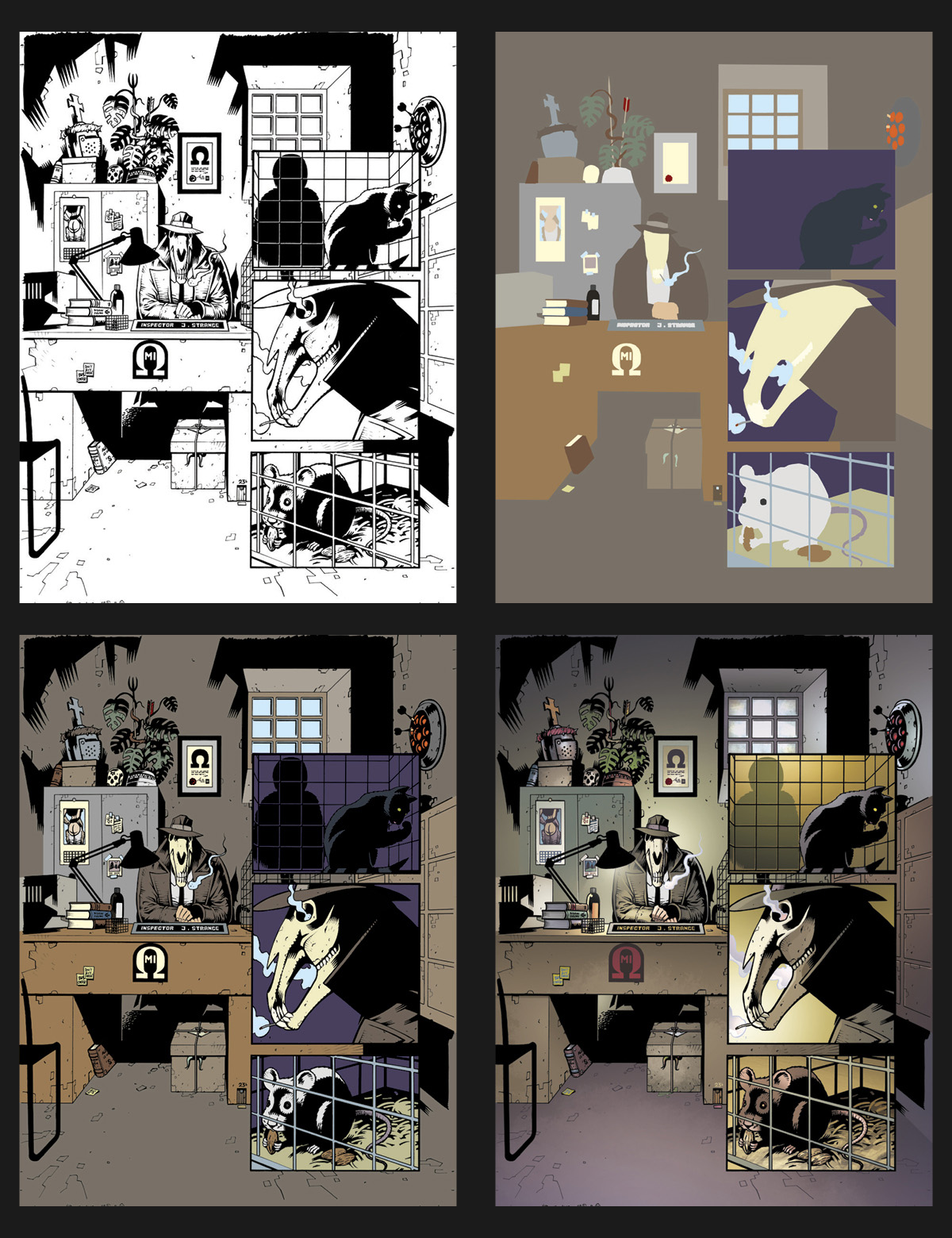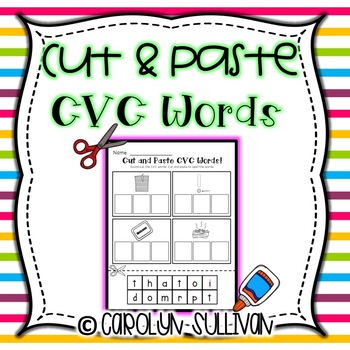Flatting flats
Table of Contents
Table of Contents
If you’re an artist, you know that flatting art is an essential part of the process. It can be frustrating and time-consuming, but it’s necessary to achieve the final product. In this post, we’ll be discussing everything you need to know about flatting art.
The Pain Points of Flatting Art
Flatting art can be a tedious task that requires a lot of patience. It’s not just about filling in solid colors; it’s also about creating clean and precise lines that help define the overall image. This requires a lot of attention to detail, which can be exhausting, especially when you have a lot of panels or images to color. Additionally, if you’re new to flatting, it may take some time to get used to the process, which can be frustrating.
The Target of Flatting Art
The target of flatting art is to create a base color layer that is easy to work with. This layer acts as a foundation for more complex shading, lighting, and textures. It’s important to have clean and precise flatting because it helps the artist work more efficiently. Without a good flatting layer, the artist may waste time trying to color around sloppy lines, which can slow down the entire process.
Main Points
To summarize, flatting art is essential to the coloring process. It’s a tedious task that requires a lot of patience, attention to detail, and precision. However, creating a good flatting layer can help reduce the time spent on more complex coloring techniques and increase overall efficiency.
Personal Experience with Flatting Art
Personally, I’ve found that flatting art can be one of the most challenging parts of the process. In the beginning, I struggled to create precise lines and fill in solid colors cleanly. However, with practice and perseverance, I’ve learned to enjoy flatting and appreciate its importance in the overall coloring process. It’s also helped me become a more efficient artist.
 Tools for Flatting Art
Tools for Flatting Art
Thankfully, there are a variety of tools that make flatting art much easier. The most common software used for flatting art is Photoshop. Within Photoshop, you can use the pen tool to create precise lines and the bucket tool to fill in solid colors. Additionally, there are plug-ins available that can help speed up the process, such as the Flatting Assistant plug-in.
 ### Choosing Colors for Flatting
### Choosing Colors for Flatting
When choosing colors for flatting, it’s important to keep in mind the final product. For example, if you’re creating a comic book, you may want to choose colors that complement the writer’s vision or match the genre. Additionally, it’s important to keep your color palette organized to ensure consistency throughout the project.
 #### Flatting vs. Rendering
#### Flatting vs. Rendering
It’s important to understand that flatting art is not the same as rendering. Flatting is creating a solid and precise layer of color, whereas rendering is the technique of creating realistic textures, lighting, and shading. Flatting is necessary for the rendering process, but it’s important to differentiate between the two techniques.
Q&A about Flatting Art
Q: How can I speed up my flatting process?
A: There are a few ways to speed up flatting, such as using the pen tool to create precise lines, creating a custom palette of colors to use throughout the project, and using plug-ins that can help automate the process.
Q: Why is flatting so important?
A: Flatting is important because it creates a foundation for more complex coloring techniques. Without a good flatting layer, the artist may waste time trying to color around sloppy lines, which can slow down the entire process.
Q: Can I flat in other software besides Photoshop?
A: Yes, there are other software options available, such as Krita, Procreate, and Clip Studio Paint. However, Photoshop is the most commonly used software for flatting art.
Q: How do I choose colors for flatting?
A: When choosing colors for flatting, it’s important to consider the final product and keep your color palette organized for consistency.
Conclusion
Flatting art can be a challenging task, but it’s an essential part of the coloring process. It requires patience, attention to detail, and precision, but it can help increase overall efficiency and create a foundation for more complex coloring techniques. By utilizing the right tools and color choices, flatting can become a manageable and crucial part of creating incredible art.
Gallery
ArtStation - Breath Of The Wild

Photo Credit by: bing.com / flattinger
DeeSaturate: What Is “Flatting”?

Photo Credit by: bing.com / flatting flats
Flattered - Art Storehouse - Paintings & Art

Photo Credit by: bing.com / flattered kunstlageret tavla ale oliemalerier horizontale forside poziome schilderijen akryl kształtach vormen
Flattening 01 By Peketope On DeviantArt

Photo Credit by: bing.com / transformation flattening
How To Flat Comics Properly: A Flatting Tutorial For Photoshop (Used In

Photo Credit by: bing.com / photoshop flat comics tutorial flatting digital comic coloring book choose painting drawing properly used books board






